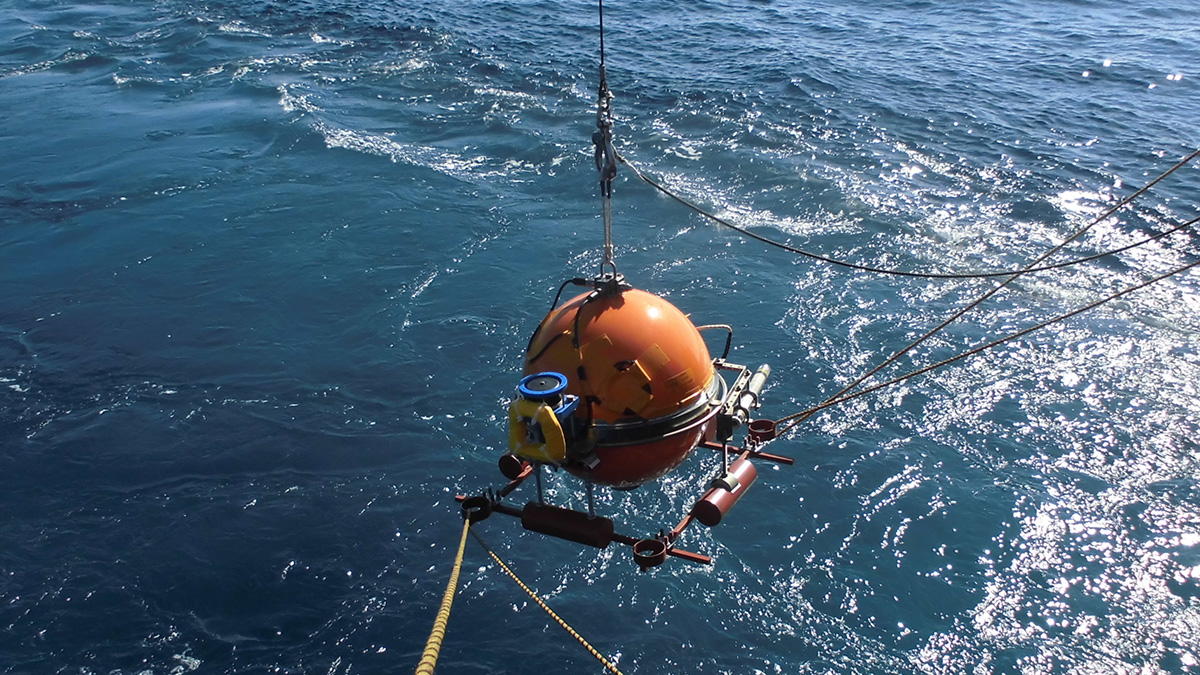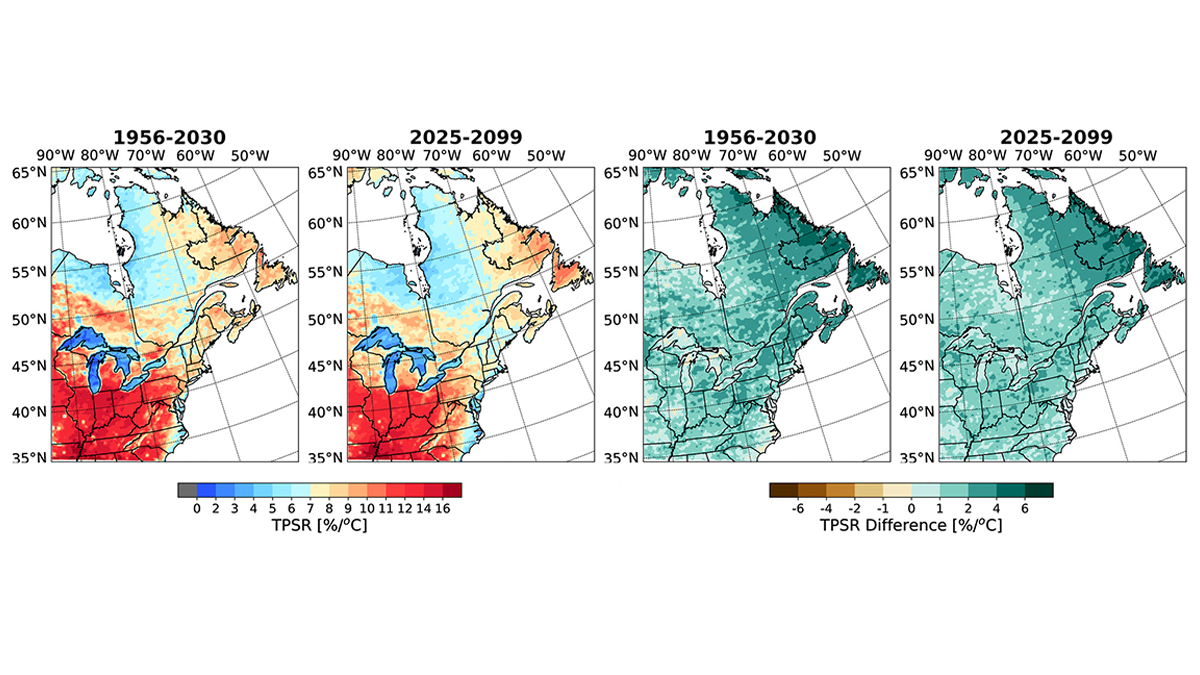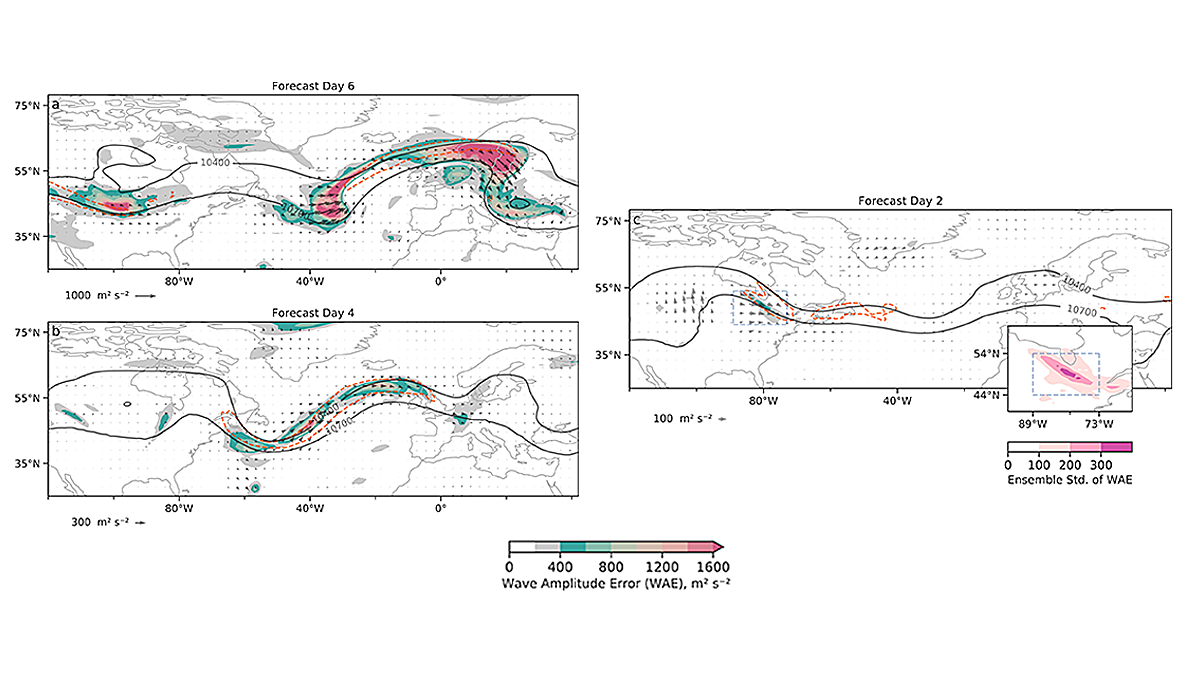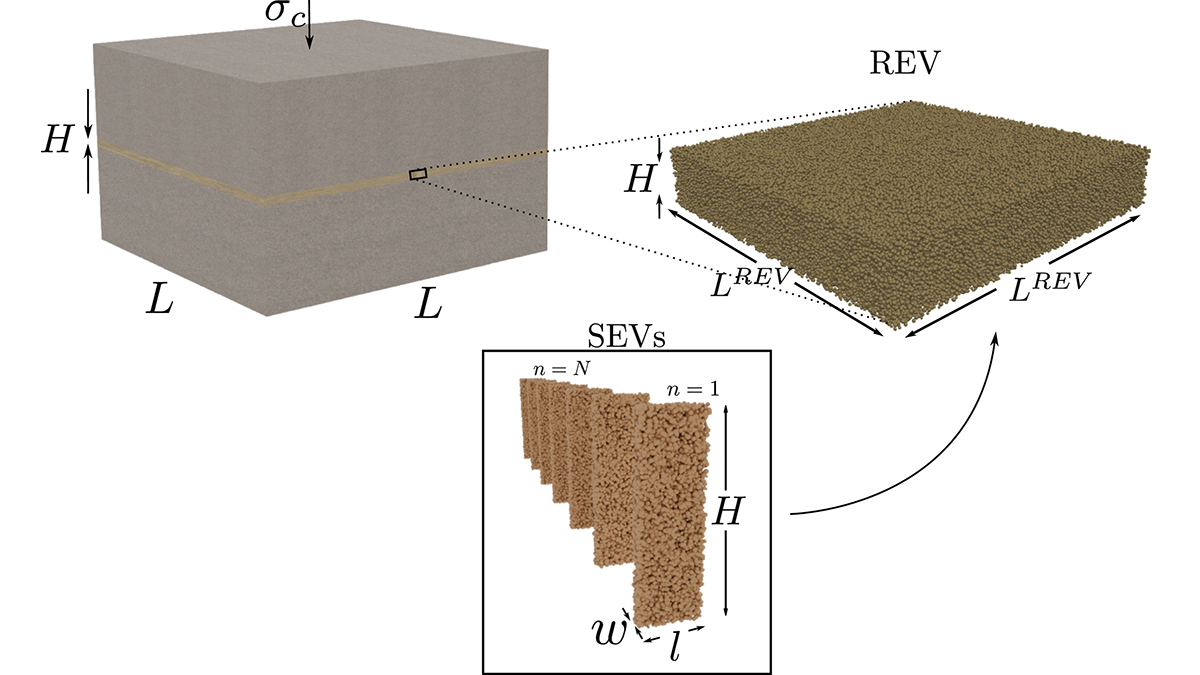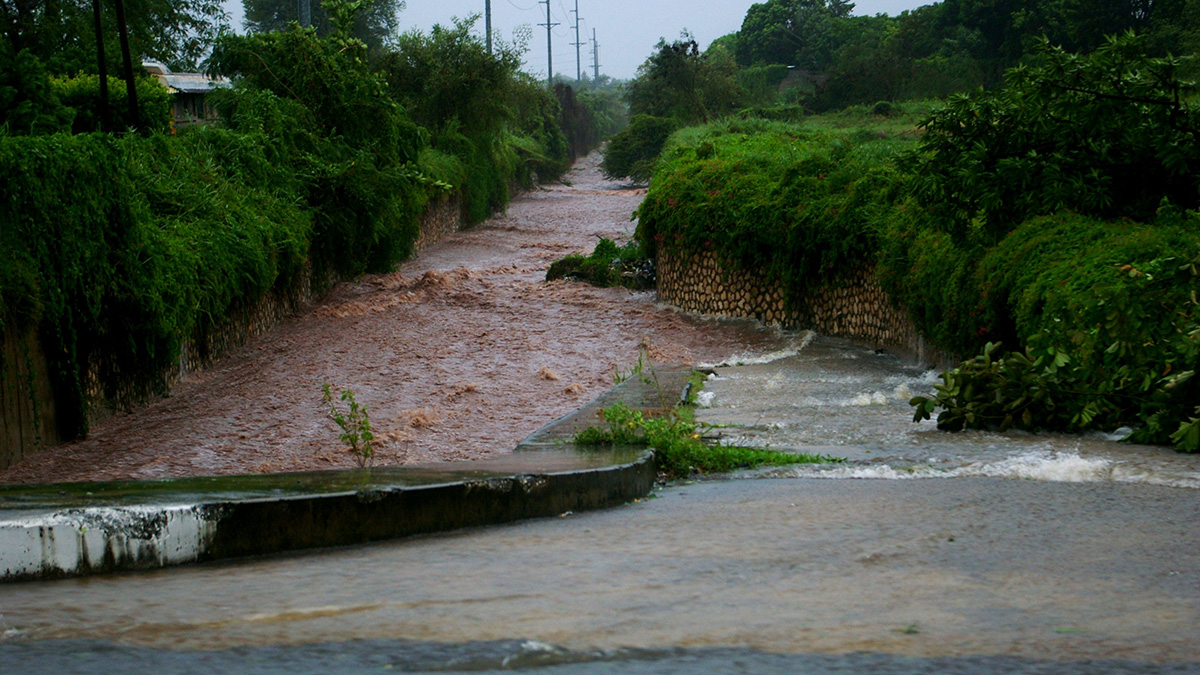海底扩张将岩石圈矿物组织成一个晶格,但小规模的对流混杂在最内层。
Modeling
Accounting for Offbeat Earthquakes Could Improve Forecasts
A new model considers the full history of earthquakes on a fault, improving forecasts of when the next will strike.
Rate of Temperature–Precipitation Scaling in Rainfall Events
Future extreme rain will be embedded in shorter, more convective dominant rainfall events in the northeastern region of North America, leading to larger rate in future temperature-precipitation scaling.
How Hail Hazards Are Changing Around the Mediterranean
A new method for studying hailstorms from space offers more consistent and more complete views of how and where hail forms, and how climate change might influence hail’s impacts in the future.
The Seven-Ages of Earth as Seen Through the Continental Lens
The 4.5-billion-year record contained in Earth’s continental crust reveals a seven-phase evolution, from an initial magma ocean to the present-day environment in which we live.
Mesoscale Convective Systems Impact Synoptic Wave Forecast
Scientists provide a process-level understanding of how mesoscale convective systems modify the evolution of the large-scale Rossby wave packet downstream and the jet stream.
Small-Scale Convection Shuffles the Oceanic Lithosphere
Seafloor spreading organized lithospheric minerals into a lattice, but small-scale convection jumbled up the innermost layer.
The International Reference Ionosphere – A Model Ionosphere
An accurate and reliable description of Earth’s ionosphere is of critical importance because of our increased reliance on satellite technology and the significant impact the ionosphere has on it.
Upscaling Slip and Friction From Grains to the Fault Core
Numerical simulations demonstrate how averaging deformations at the grain scale may unravel the macroscopic friction and unstable slip behavior of a fault core.
How to Build a Climate-Resilient Water Supply
Scientists developed a new model to help water utility companies minimize weather-based disruptions to clean water access.

